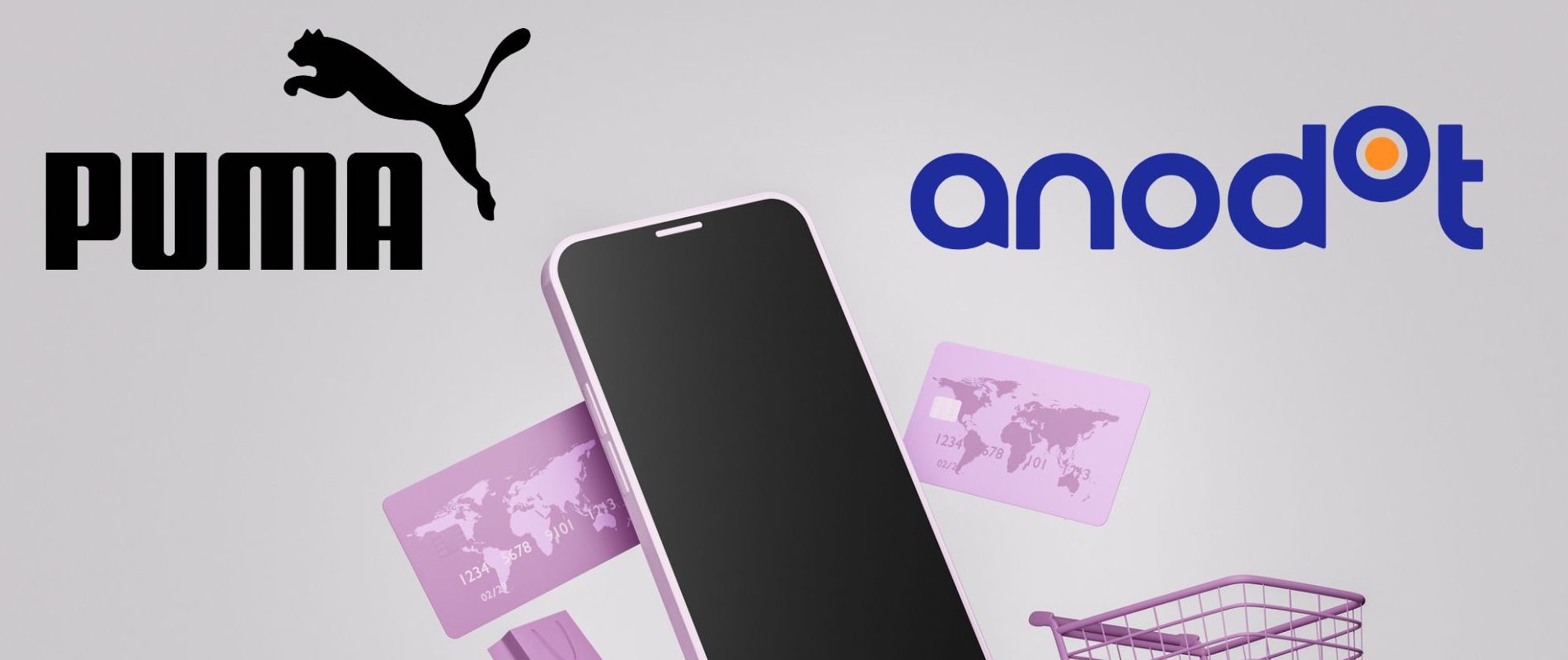The core value Anodot delivers to customers is AI-powered, autonomous monitoring of critical business KPIs in order to protect revenue and manage costs. But Anodot’s value extends beyond our product — to our people.
Each Anodot customer has a dedicated Customer Success Manager (CSM) to ensure they are getting maximum value and ROI from Anodot’s platform. We’d like to highlight one of our Customer Success Managers, Uriah Mitz, who is working with global eCommerce giant, PUMA.
Uriah has more than 6 years of experience implementing AI and ML products. He tells us in his own words about his experience working with PUMA and helping them achieve their business goals.
Customer Success
My role as a CSM involves a deep understanding of the customer’s vertical, the customer’s environment and the customer’s needs in order to provide the best solution and get the most value from Anodot. A good CSM has to be customer-oriented and have a strong sense for people and business.
At Anodot, our goal as CSMs is not trying to sell the customer additional products. Rather, we focus on leading and supporting the customer since from the kick off meeting until the customer is fully on-boarded and independent.
PUMA’s pain points
PUMA’s Senior DevOps Manager, Michael Gaskin, was interested in Anodot based on the experience he had with another Anodot customer.
Michael understood the difficulties he was facing and wanted to monitor all revenue aspects of Puma’s websites which were not clear enough. Before Anodot, Puma did not have a tool to distinguish what was normal, or abnormal, across their 45 eCommerce websites.
For example, one of the revenue incidents caught by Anodot was gift card purchases in Switzerland that were not working. In general, for a website that spans many countries, gift card purchases appeared to be working well, but shortly after we implemented payment types into Anodot we discovered the problem in Switzerland which could have cost Puma a lot if it was discovered later.
Onboarding with Anodot
At Anodot, we first try to understand the primary pain points of the customer.
When we fully understand the challenges, we discover with the customer the needed dimensions we want to measure. We build a diagram of the pain point, how we are going to tackle it based on the available data, where the data will be fetched and the time resolution we want to monitor.
Integration with Anodot is very simple. We have plenty of data sources under our Business Collectors umbrella and we can connect to any data source in 3-4 minutes.
After integrating the data we want to monitor. Our AI-powered system automatically starts to analyze business data, finding seasonality behaviors and detecting anomalies.
At this point, the customer gets full training of the system, including how Anodot works, how to see the data, how to find the relevant anomalies, how to create new alerts, how to tackle complexed issues with influencing metrics, injecting events in timeline, etc. The average onboarding process usually takes up to 6 weeks.
PUMA Use Cases
With Puma, we integrated revenue measures first as this is was their initial goal for using Anodot. However, while working with data, we decided to expand our view to a much broader metrics than just revenue.
We looked at the data and went backwards:
- How many transactions are made every minute?
- How many items in average for each transaction?
- What is the conversion rate?
- How many items added to the cart?
- What is the % of add to cart and items per transaction?
- What is the # of returning customers?
We also added dimensions to all of those measurements (KPIs) such as payment method, currency, language, country, etc. All of these dimensions help Puma find the root cause of the problem related to the buying funnel (TTD) faster and to fix it much earlier than if they didn’t have Anodot. (TTR)
Future Focus – Future Verticals
In addition to all of the above, we are currently working on adding another measure – the amount of website failures to measure the user experience in order to fix issues faster (improvement of TTD and TTR).
In the near future we will add more use cases, such as customer experience, by measuring the processing time of the website. We will work on ads effectiveness by measuring the logins from ads worldwide and measuring the success rate of campaigns by adding events to Puma’s timeline to better understand sales behavior and much more.
The Power of Anodot
Anodot’s AI-powered business monitoring solution opens a window to insight that no one has ever seen before in the business. By dicing data into multiple dimensions, problems that aren’t known and trends that no one has ever seen become crystal clear.
No more wasting time attempting to understand the root cause of a drop in a static dashboard, no more time waste on false positives, or guessing invisible trends trying to be compared wrongly.
Metric correlations in Anodot is a powerful tool which can help companies in any vertical understand business in a perspective never seen before.
From a point of view of a CSM, it’s an exciting journey every time.




